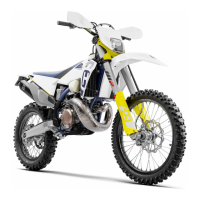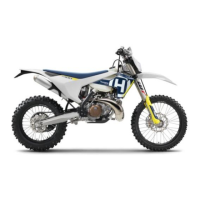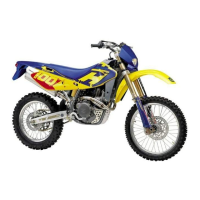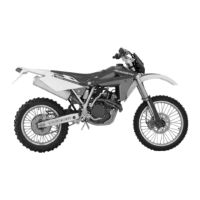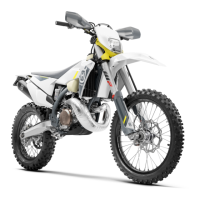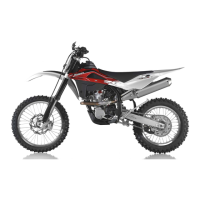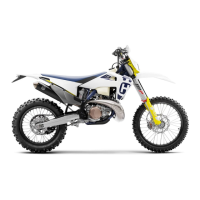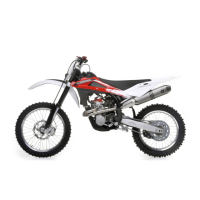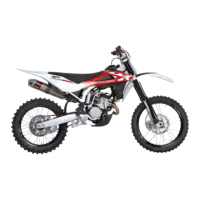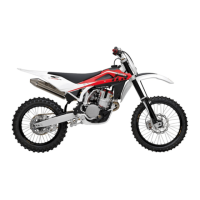Why is my Husqvarna TE 250 12-V battery discharged?
- KkjohnsonSep 12, 2025
Your Husqvarna Motorcycle 12-V battery might be discharged because it is not being charged by the alternator or because of an unwanted electrical power consumer. Check the charging voltage and the stator winding of the alternator. Also, check the open-circuit current.
